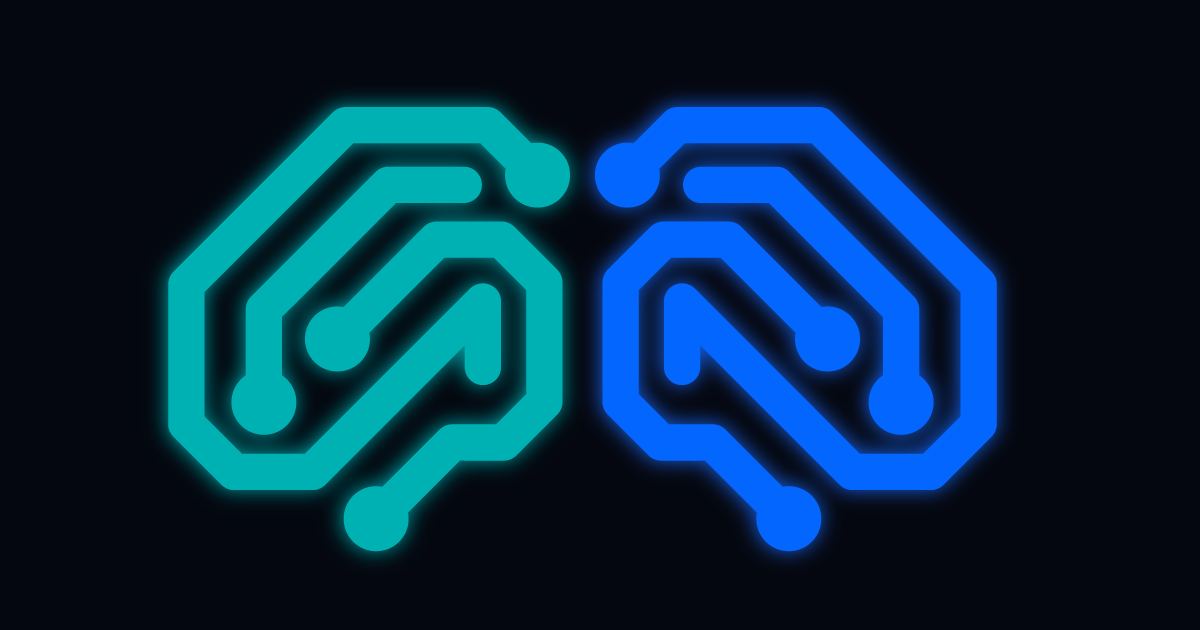
Automate. Innovate. Celebrate.
Subscribe to receive the latest content and invites to your inbox.
Automation and innovation: these are more than two somewhat rhyming words. They are actually a deeply interconnected and mutually dependent process that is vital to the healthy function and growth of an enterprise: one without the other won't work. The two concepts have goals in common, of course. One of the most urgent is solving the persistence of inefficient, outdated manual processes. These anachronistic chores are so pervasive and numerous that it would take pages to list them all. When we talk about digital transformation, we mean automating or even eliminating inefficient processes.
As business, empowered now by AI and the cloud, bounds into new use cases and cost savings, manual processes are like a chain wrapped around its feet. As quickly as we can uncouple these processes, that's how quickly new efficiencies and ROI will pop up on the balance sheets.
Automation and innovation approach their common goal of eliminating entrenched manual activities from differing perspectives. In a sense, they take turns attacking the problem: innovation seeks new ways to streamline or eliminate the bottleneck; automation puts those advances into play and smooths the path for users.
However, simply automating a process is not enough. It is equally important to innovate every step of the way. Perhaps the automation technology can simply be cost-efficiently rehabilitated to enhance efficiency. Or, a novel process can simply sweep away an anachronistic procedure and break new ground. Undoubtedly, though, automation and innovation are the two key ingredients of a successful recipe for digital transformation.
Chart a smart course toward celebration
For IT leadership, the rapidly shifting post-pandemic workplace will continue to generate quakes and challenges requiring collaboration between remote and returning workers. This will put pressure on IT to handle a raft of new and ongoing demands. As digital transformation accelerates across every organization, CIOs must not only maneuver to keep pace, but take a leading, strategic role implementing and optimizing advances.
Regarding customer expectations and behavior in the digital economy, spending habits will maintain their unstoppable drift from in-person activities to online commerce. IT automation must equip the enterprise to deal with this trend, pushing the company toward maturity in key capabilities to maintain leadership and relevance. That means CIOs have to identify and focus on the most important capabilities—those that drive competition in the digital economy and support the CEO's growth goals. All IT professionals will play a key role in assessing how much these external and internal challenges present opportunities—or threats—to the organization.
Push for progress under pressure
To compile our latest report, State of IT Automation, Resolve picked the brains of hundreds of C-level, VP, and director-level leaders in a wide-ranging survey. We asked them to share their deepest hopes and concerns when it came to automation: which path are their own companies on? What is the outlook for new IT automation jump-started by the Covid pandemic? How are global enterprises progressing amid geopolitical uncertainties, a rapidly scaling cloud, controversial social media issues, and constant security concerns? We compared their answers with those of a year ago to assess the course of IT automation from their personal perspective. Surprises emerged, and a few struggles, but the overall outlook is dramatically positive.
Automate and innovate in the digital enterprise: a checklist
Resolve believes automation is the backbone of the digital enterprise. Take a look at the priorities, progress, and obstacles shared by respondents to Resolve's survey. Make yourself a checklist and see how your company measures up against their experiences. How and where can you automate, innovate, and improve—spanning your product offerings, processes, and business model?
IT innovation might take the form of turning business processes into automated IT functions. Or develop applications that can give you an opening into new markets. For example, explore ways to increase the efficiency and manageability of your customer services—or streamline your service desk with technologies like Conversational AI and chatbots. See which changes will best help:
- Become customer-centric
- Turn customer interactions into sales opportunities
- Reduce costs
- Increase competitive advantage
- Empower employees
- Make operations more agile
- Drive new digital processes
- Implement continuous improvement
IT innovation across product development
Many innovation strategies start with product. Product innovation involves creating new or improved versions of existing products to spur and improve its use. Embracing product innovation assures growth, expansion, and competitive advantage. This differentiates your offering from other products and attracts customers.
Innovating new processes—or transforming existing ones
Notable business organizations have achieved mind-blowing results by embracing innovation in their process of producing goods and services. Process innovation improves your efficiency by reducing cost of production, increasing product quality, and boosting profitability. Optimizing internal processes and workflows can lead to increased efficiency and productivity. Developing an innovative manufacturing process, for example, to respond quickly to market demands can help meet changing customer needs more quickly. Process innovation makes you market-responsive and gives you a reputation as an innovation leader.
Innovating new business models via technology, BPM, and inspiration
Without innovation, no business establishment can record any significant growth today. It's the responsibility of management to devise a system of collaborative innovation to harness and apply workplace skills in new ways. This model grows healthy worker relationships. Encouraging the workforce to contribute to brainstorming lets employees share their insights, contributes to morale, and mines new ideas from people who have hands-on experience with customer implementations and feedback.
Business process management (BPM) is a systematic approach to improving processes. To assess a business process, track the completion of benchmarks. If you determine that a business process is falling short of desired goals, focus on visibility to identify the performance or execution issues. Business process mapping also offers visibility into the flow and any potential logjams.
Automate and simplify to please customers and reduce costs
IT innovation should reveal new routes to cost-efficiency, simplify processes, and reduce operational costs while improving the value proposition. Developing new customer service channels and improving customer engagement works to increase customer satisfaction and loyalty. Customer service representatives are your main conduit to the customers, making the customer experience (CX) critical in improving relationships. Watch for ways to prioritize customers having problems or requiring assistance with a product or service.
Automating customer service via Conversational AI and other AI-driven innovations is critical to CX. Self-service is on the rise, with quick handoff to a human expert when needed to provide technical assistance. Customer service leads to a knowledge base of valuable information that Machine Learning can access to enrich the value of your customer experience. Growing and nurturing CX is critical to keeping an organization running successfully. Customer service should always leave a customer satisfied if not delighted. Those customers are likely to repeat their business, leave positive reviews on social media, and tell contacts good things about your organization.
IT innovation and automation should always provide continuous improvement through all of these routes. Development of innovative products, processes, and business models will inevitably pay off in value and growth. Ask yourself, how are you deploying innovation and automation for celebration in 2023?






